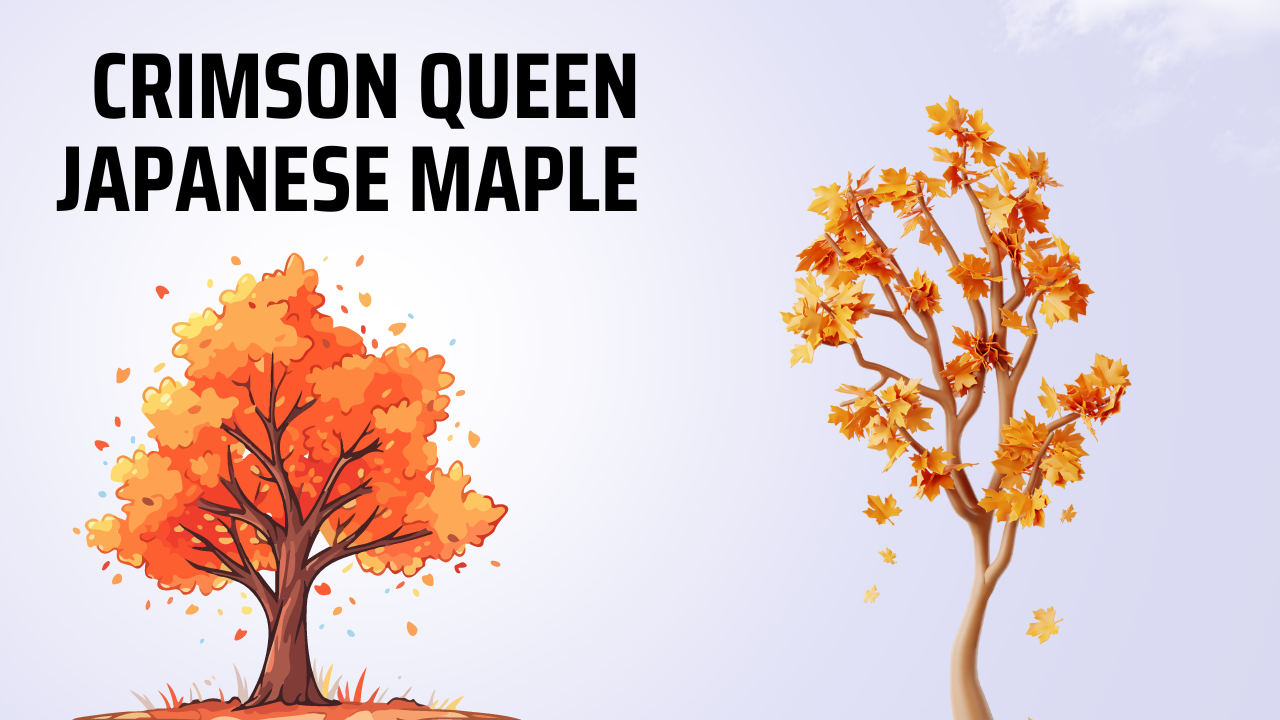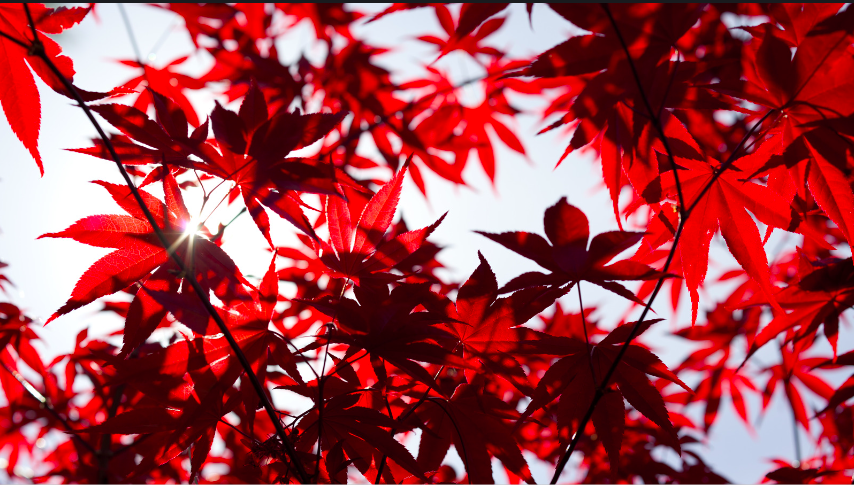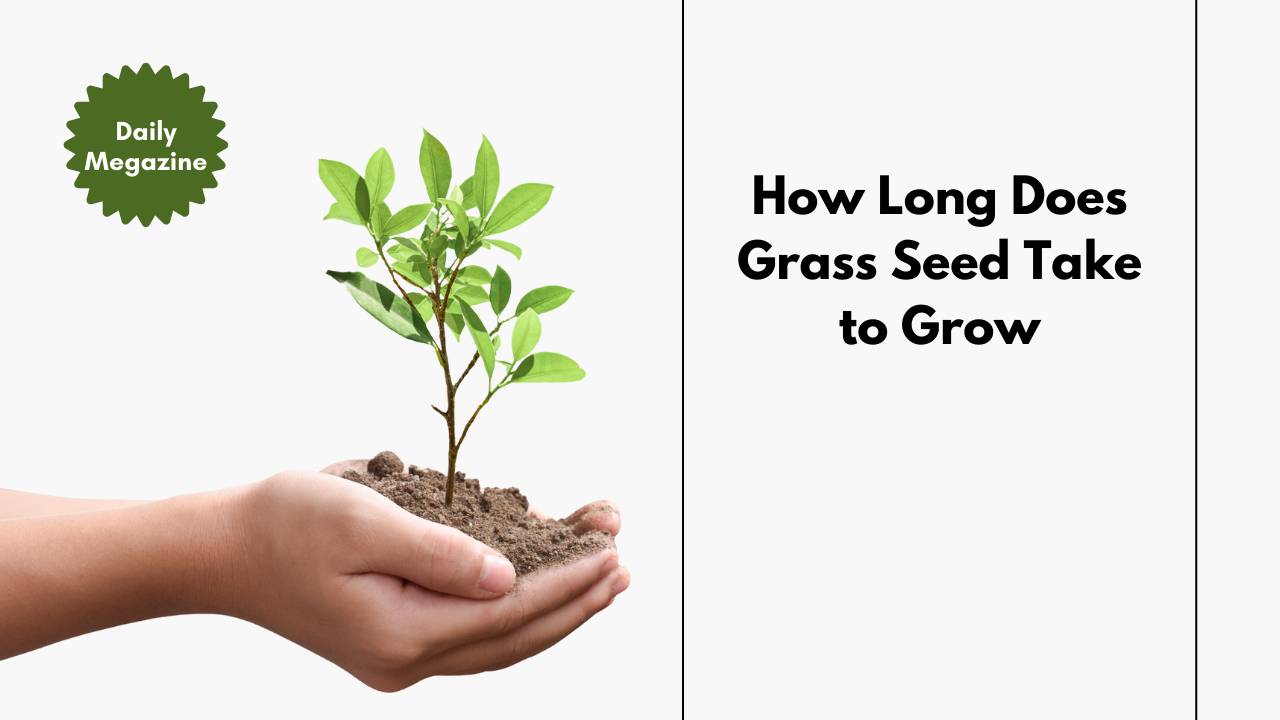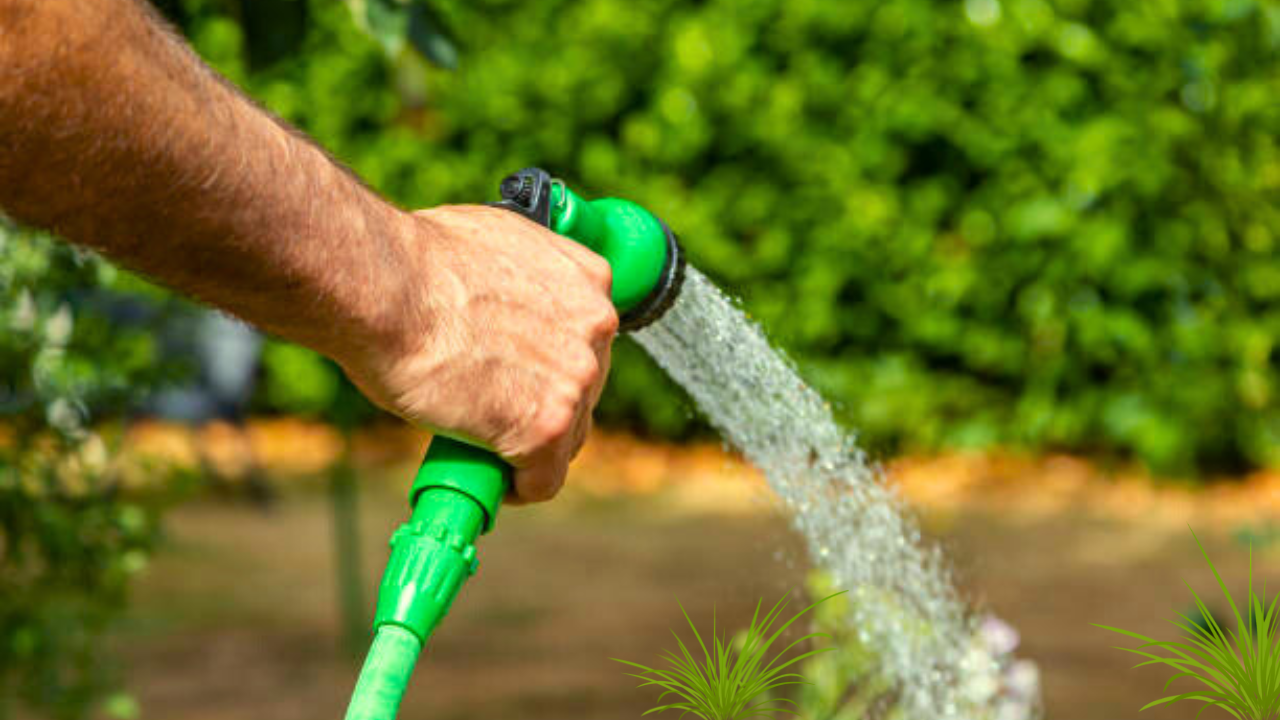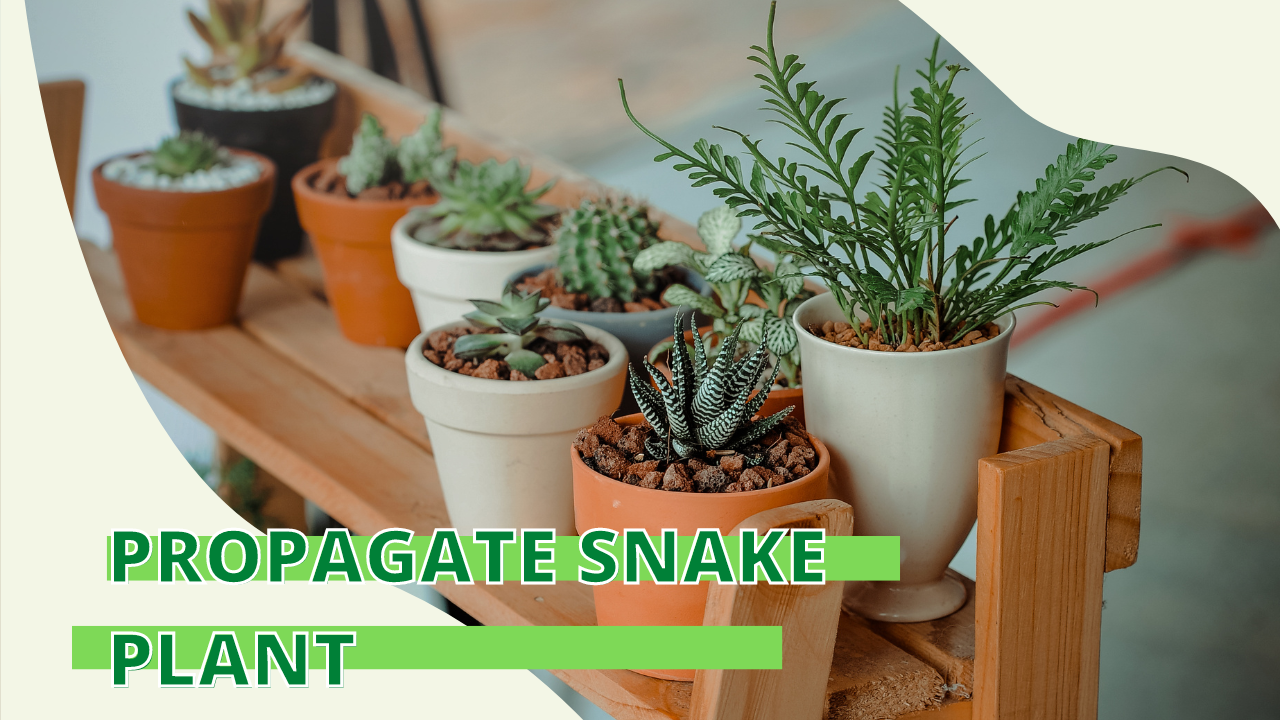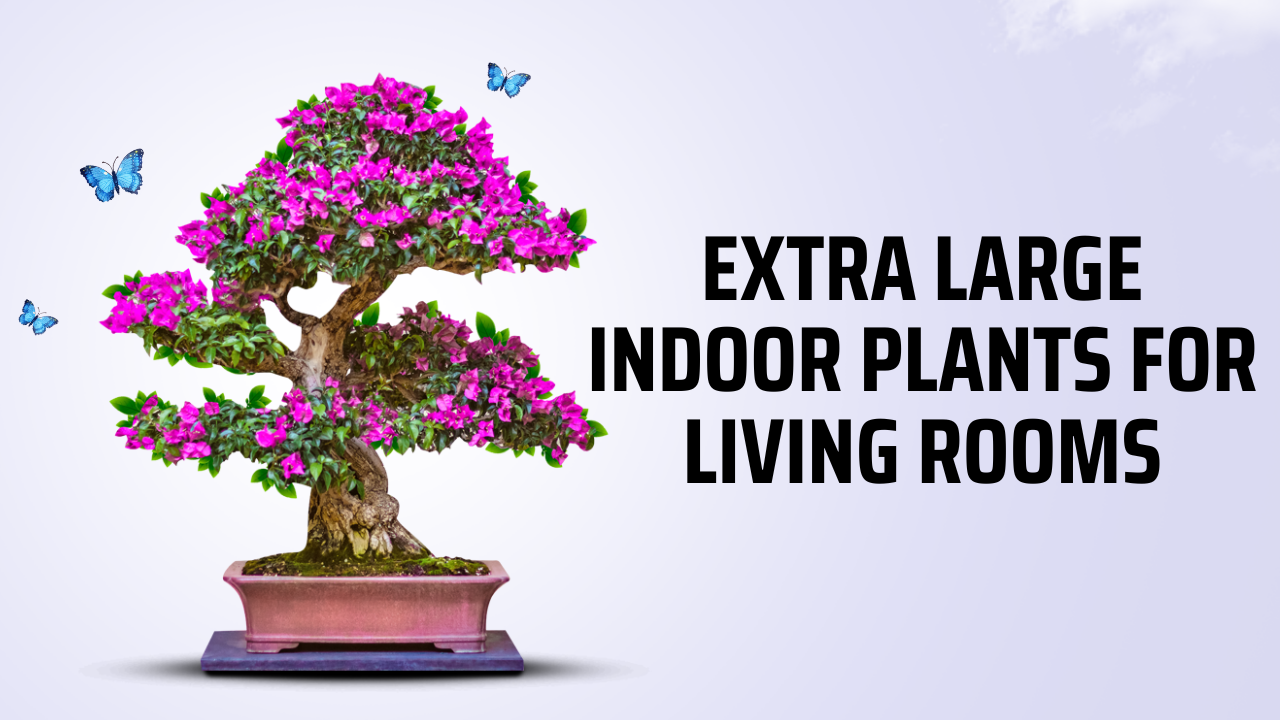When it comes to ornamental trees, the Crimson Queen Japanese Maple holds a special place in my heart—and in many gardens! This tree is known for its elegant, cascading branches and breathtaking, deep red foliage. Whether you’re a seasoned gardener or just getting started, the Crimson Queen is a stunning addition to any outdoor space. Personally, I love how its weeping form adds a graceful, almost sculptural element to a landscape.
In this blog, we’re going to dig deep into what you need to know about the growth rate and height of the Crimson Queen Japanese Maple. We’ll explore how fast it grows, what factors influence its development, and how tall and wide you can expect it to get over time. Whether you’re looking to add this beauty to your garden or planning a landscaping project, you’ll leave here with all the details you need to make the most of this striking tree.
Overview of the Crimson Queen Japanese Maple
Botanical Overview
Let’s start with the basics. The Crimson Queen Japanese Maple is scientifically known as Acer palmatum dissectum ‘Crimson Queen’. What makes this tree stand out is its finely cut, lace-like leaves, which give it a soft, feathery look. Its deep crimson-red color holds strong throughout the seasons, making it a year-round visual treat.
One of the tree’s most notable features is its weeping form. The branches arch downward, creating a cascading effect that looks like a fountain of foliage. This unique shape not only gives the tree its elegant appearance but also makes it perfect for smaller spaces or as a focal point in larger landscapes. It’s a tree that doesn’t just blend into the background; it commands attention in the most graceful way.

Growth Rate of the Crimson Queen Japanese Maple
General Growth Rate
Now, let’s talk about how fast this beauty grows. The Crimson Queen Japanese Maple is classified as a slow to moderate grower, typically gaining around 6 to 12 inches in height each year. Personally, I find this slow growth rate to be a major plus. It gives you time to carefully shape and maintain the tree as it matures, allowing it to fit perfectly into your garden without outgrowing its space too quickly.
While it may not be a rapid grower, the slow pace also means the tree becomes a long-term investment in your landscape. With proper care, it can thrive for decades, continuing to reward you with its stunning presence.

Factors Influencing Growth Rate
Of course, the growth rate of your Crimson Queen will depend on a few key factors. Here’s what I’ve found to be the most important:
- Soil Type: The tree prefers well-drained, moist, and slightly acidic soils. If the soil drains well and stays consistently moist, you’ll notice better growth. In my own experience, I always recommend testing your soil’s pH and drainage before planting.
- Environmental Conditions: While the Crimson Queen can handle some sun, it thrives best in partial shade. Too much direct sunlight, especially in hotter climates, can scorch the leaves. Also, make sure it’s protected from harsh winds, as this can dry out the foliage and slow its growth.
- Care Practices: Like any living thing, the right care can make all the difference. Regular watering is crucial, especially in the summer months, but be careful not to overwater. In my garden, I’ve found that pruning in late winter keeps the tree healthy and encourages better airflow, which helps with growth.
Growth in Early Years vs. Established Tree
In the early years, your Crimson Queen might seem a bit shy about growing. This is totally normal—it’s focusing on building a strong root system. In my experience, you’ll notice that the tree spends its first few years settling in before it starts gaining more visible height.
Once it’s established, you’ll see a slow but steady increase in size. While it’s not a tree that will shoot up quickly, its gradual growth means you can enjoy shaping and maintaining it over the years, allowing it to grow into the perfect fit for your garden.
Height and Size of the Crimson Queen Japanese Maple
Mature Height
At full maturity, the Crimson Queen typically reaches a height of about 8 to 10 feet. This compact size makes it ideal for smaller gardens or as a stunning feature in larger landscapes. I love how its height is just right—not too small to get lost, but not so tall that it overwhelms a space.
Spread and Size
In addition to its height, the Crimson Queen also spreads out gracefully. It can develop a canopy that stretches 10 to 12 feet wide, giving it a full, rounded look. This widespread, combined with its cascading branches, creates a lush, flowing silhouette that enhances any outdoor area.
Dwarf Classification
Because of its smaller stature, the Crimson Queen is often classified as a dwarf tree. This doesn’t mean it’s tiny, but it does make it a fantastic option for gardens with limited space. If you’re like me and love adding variety to your garden without overcrowding, the Crimson Queen is the perfect choice for creating structure without taking over.
Weeping Habit
What sets the Crimson Queen apart is its weeping habit. Its branches form a beautiful arch, and the way the leaves drape downward gives it a unique, flowing shape that adds an artistic touch to any garden. I often recommend this tree for gardeners looking to introduce a sense of movement and elegance to their landscape. Whether you plant it near a pond, in a rock garden, or as a standalone feature, its weeping form is a true showstopper.

Characteristics Summary
Japanese Maple:
| Feature | Details |
|---|---|
| Scientific Name | Acer palmatum dissectum ‘Crimson Queen’ |
| Mature Height | 8 – 10 feet |
| Spread | 10 – 12 feet |
| Growth Rate | 6 – 12 inches per year |
| Lifespan | 50 years or more under optimal conditions |
FAQs About Crimson Queen Japanese Maple Growth Rate and Height
1. What conditions are best for growing a Crimson Queen Japanese Maple?
The Crimson Queen thrives in well-drained, moist, and slightly acidic soils. It prefers partial shade to full sun, with protection from harsh winds. Ensuring these conditions can significantly enhance its growth and overall health.
2. How often should I water my Crimson Queen Japanese Maple?
Watering should be regular, especially during the first few years while the tree establishes its root system. I recommend keeping the soil consistently moist but not soggy. In drier months, check the soil and water as needed to prevent drought stress.
3. Can I prune my Crimson Queen Japanese Maple?
Yes, pruning is beneficial! I recommend doing it in late winter or early spring before new growth begins. This helps maintain its shape and removes any dead or crossing branches. Just be cautious not to over-prune, as this can stress the tree.
4. How fast will my Crimson Queen grow?
Typically, you can expect a growth rate of 6 to 12 inches per year under ideal conditions. However, the initial years may see slower growth as the tree focuses on establishing a strong root system.
5. Is the Crimson Queen Japanese Maple suitable for small gardens?
Absolutely! Its dwarf classification and graceful weeping form make it perfect for small gardens or as a focal point in larger landscapes. Its compact size allows for versatility in design, fitting beautifully in various garden styles.
Final Thoughts
The Crimson Queen Japanese Maple is truly a treasure for any garden enthusiast. Its captivating vibrant red foliage and elegant weeping form not only enhance the aesthetic appeal of your outdoor space but also provide a long-lasting presence for many years. By understanding its growth rate, height, and care requirements, I hope you’re now equipped to incorporate this stunning tree into your landscaping plans. Whether you’re a seasoned gardener or just starting, the Crimson Queen promises to add beauty and grace to your garden, making it a worthwhile addition to any landscape design. Happy gardening!
